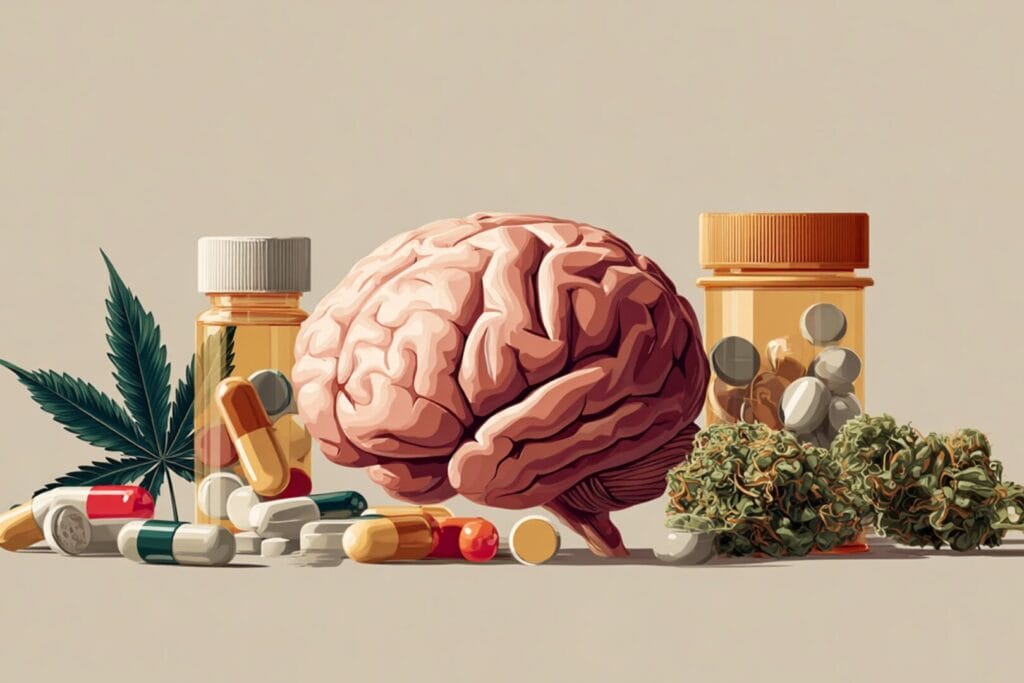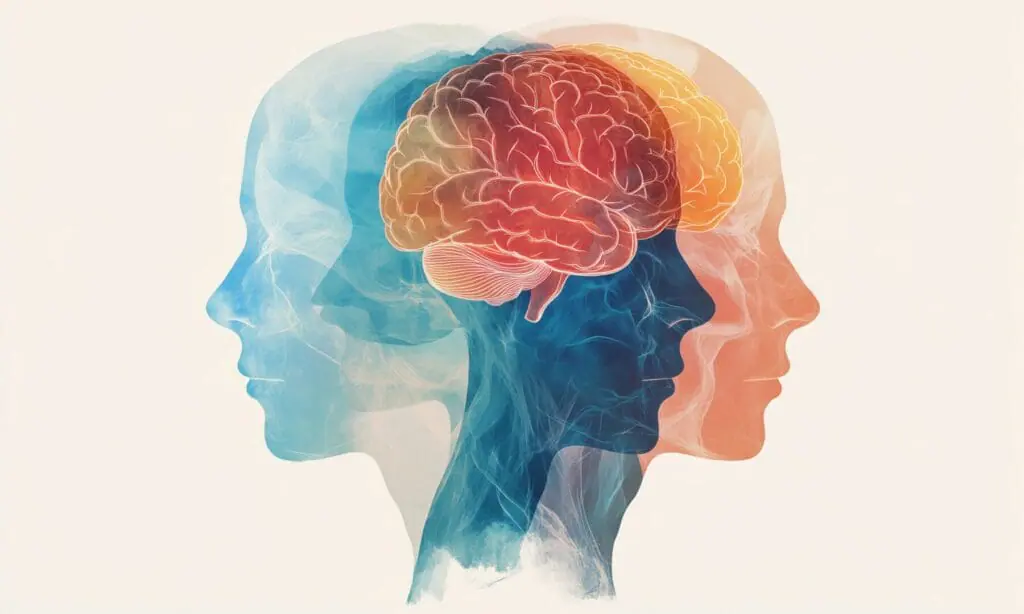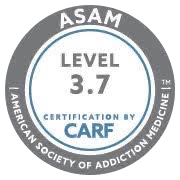Recovery may begin with detox, but it truly gains momentum when the people closest to us lean in rather than step back. Studies consistently show that clients whose families attend therapy sessions, learn communication skills, and set healthy boundaries are more likely to stay in treatment and less likely to relapse in the first year.
Even small gestures, such as checking in after a group or cooking a balanced meal, signal that healing is a team effort.
This post explains how loved ones can transition from worried bystanders to active partners in change. You’ll find practical, science-backed tools that you can start using today, along with examples of how San Diego Detox weaves family engagement into every phase of care.
Understanding the Family’s Role in Recovery
“Family” is any circle of people who shape a client’s daily life: parents, siblings, spouses, partners, close friends, even a mentor or sponsor. Their influence cuts both ways. Supportive words, rides to appointments, and sober social activities build motivation, while criticism or unresolved conflict can raise stress hormones that trigger cravings.
When families get involved, people tend to finish detox faster, stay in treatment, and feel less anxious or depressed. Emotional support is huge, but it works best with clear ground rules. Loved ones who talk honestly and steer clear of enabling create a steady home base where progress can stick.
Clients often feel a boost of confidence and a fresh sense of responsibility once they see their hard work lifting the whole household. When relatives understand the weight of their influence, they become a key part of the recovery game plan, not just a footnote.
Common Barriers Families Face
Wanting to help and knowing how to help are two different things. Families often run into four common roadblocks.
First comes stigma: worry about what neighbors or coworkers might think can keep loved ones silent when support is most needed.
Next is guilt, a nagging sense of “Could I have stopped this?” that leaves parents or partners stuck in blame instead of solution-finding.
Conflicting information also muddies the water. One article praises tough love, another urges unconditional acceptance, and relatives may end up sending mixed signals.
Finally, boundaries get blurred. Helping with rent may feel caring, but it can slide into enabling, while strict rules can feel like rejection.
These challenges can look different across cultures and family structures.
In some families, every major decision is made as a group, making one-on-one therapy feel awkward. In others, an older sibling or close family friend fills in when parents aren’t around.
Those differences count. There’s no one-size-fits-all solution, so the best programs adjust their guidance to match each family’s culture, communication style, and values. The first move is simply naming these roadblocks so everyone can start clearing them together.
How San Diego Detox Integrates Families
Family plays a vital role in sustainable recovery, so San Diego Detox folds a dedicated Family Therapy Program into every treatment plan. The program is designed to help relatives reconnect, rebuild trust, and support one another’s healing journey.
Sessions run about 60 to 90 minutes and are led by therapists who guide open conversations on communication, boundaries, and the early warning signs of relapse.
Because the therapy is embedded in the overall care plan, loved ones advance alongside the client, creating a unified support network that extends well beyond the detox phase.
Families ready to learn more can call the center’s 24/7 admissions line for scheduling and next-step guidance.
Communication Tools That Reduce Conflict
Healthy conversation keeps recovery on track, but it takes practice.
Start with boundaries. Each family member writes two short lists: “What I can do” and “What I can’t do.”
For example, driving to therapy fits under “can,” while loaning cash for anything tied to substance use sits under “can’t.” Post the lists on the fridge or share them in a group text so everyone sees the same rules.
Next, swap blame for I-statements. The formula is simple: “I feel ___ when ___ because ___, and I need ___.”
Try it aloud before tough talks. Example: “I feel anxious when I don’t hear from you after group because I worry that something went wrong. I need a quick text to let me know you’re safe.”
Active listening drills help both sides feel heard. One person speaks for two minutes while the other listens without interrupting. The listener then paraphrases: “What I heard is…” and asks, “Did I get that right?” Switch roles and repeat.
Put it all together with a Family Agreement worksheet. Columns can include Boundaries, Communication Plans, Emergency Steps, and Fun Stuff to Do Sober. Fill it out during a therapy session, revisit it every month, and adjust as life changes.
Coping With Your Own Emotions
Supporting someone in treatment can evoke a range of emotions, including shame, anger, and fear, in rapid succession. Ignoring those feelings only tightens the stress loop.
First, name what shows up. Journal prompts like “Today I felt ___ when ___” make vague emotions concrete. Notice patterns, such as anger spikes after a broken promise or fear rising before court dates.
Create a self-care plan you will use. Pick one calming habit each day (five-minute breathing exercise), one energizing habit each week (walk with a friend), and one restorative habit each month (massage, hike, or movie night).
Lean on the community. Al-Anon, Nar-Anon, or SMART Family & Friends meetings provide a space for you to share stories with people who understand.
If groups feel intimidating, consider one-on-one counseling. Therapists familiar with addiction can teach coping tools and help untangle guilt that does not belong to you. San Diego Detox offers referral lists for both in-person and virtual providers.
Remember, looking after your mental health is not selfish. It models balanced living and gives you the energy to show up for your loved one without burning out.
Practical Ways to Help Day-to-Day
Support often shows up in small, repeatable actions. Offer to drive your loved one to detox appointments, therapy groups, or pharmacy pick-ups.
Give them a lift. Sometimes, a reliable ride is all it takes to make treatment happen. If kids are involved, consider handling a school run or bedtime story so your loved one can focus on recovery.
Never underestimate food. Drop off a few balanced, freezer-ready meals packed with lean protein, whole grains, and fresh veggies. Good nutrition steadies energy and mood.
Money stress can derail progress. Sit down together to sort bills, set up automatic payments, or draft a simple budget.
Medication adherence is critical. Create a pillbox system, set phone reminders, or text a quick “Did you take your meds?” at agreed-upon times. The same approach works for therapy attendance.
Preparing for Homecoming & Aftercare
Leaving treatment feels exciting and a little scary, so plan while everyone is still in “team” mode.
Start with a safety plan. Remove any leftover pills, bottles, or paraphernalia. Lock up prescriptions that remain and post emergency phone numbers in a visible spot.
Create sober spaces. Set aside a quiet corner for reading, journaling, or breathing exercises. Keep recovery tools visible—like a grounding-skill card, meditation app, or gratitude journal.
Draft a relapse warning checklist that’s visible to everyone. Include red flags and agreed-upon steps, like contacting a sponsor or scheduling extra therapy. Review weekly.
Stay connected through San Diego Detox’s alumni program, which links former clients to events, online groups, and meetings for ongoing peer support.
Plan to attend at least one family session each month for the first year.
Consistent connection, clear guidelines, and dedicated sober zones turn homecoming into a strong next chapter.
Digital & Community Resources
Apps like Sober Grid or Tenth Step help you log moods, celebrate milestones, and join chat rooms for encouragement.
In-person groups like Al-Anon, Nar-Anon, and SMART Family & Friends offer connection but may not fit every schedule.
Online forums—like Reddit’s r/REDDITORSinRecovery or private Facebook groups—are available 24/7, but advice quality varies.
Blending digital tools with local meetups keeps support consistent. If you need help finding balance, San Diego Detox can guide you.
Frequently Asked Questions
Can family visits hurt progress?
Visits help when everyone follows the treatment plan. Check with the clinical team for timing and topics.
What if my loved one refuses family therapy?
Start sessions anyway. Learning communication and boundaries can help motivate them later.
How do we handle holidays and celebrations?
Plan them like mini-missions. Choose alcohol-free venues, set exit strategies, and agree on expectations.
How do we manage chronic pain medications?
Work with the prescribing doctor to use one pharmacy and monitor refills. Explore nonaddictive options.
How often should we revisit family boundaries?
Every three months or after major life changes. Regular reviews prevent resentment.
What if our family lives in another state or country?
Use tele-family therapy, shared calendars, and regular video calls. Send care packages or notes for connection.
Can young children be included in recovery?
Yes. Explain in age-appropriate ways. Therapists can create sessions with stories or art to help them understand.
What’s Next?
Family involvement is the backbone of sustainable recovery. Clear communication, consistent boundaries, and ongoing education turn concern into measurable support.
When loved ones feel equipped, clients feel safer and more motivated. If you’re ready to put these ideas into action, San Diego Detox is here around the clock. Contact the team anytime to discuss next steps tailored to your family’s strengths and needs.







